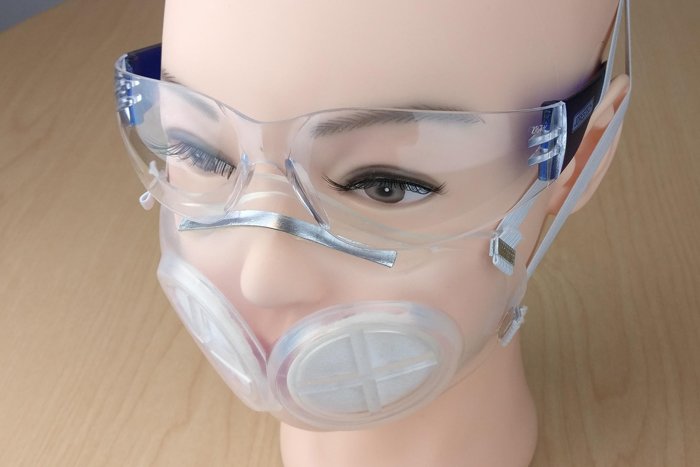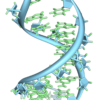Not every mask is equal. As countries around the world grapple with varying levels of mask shortages, one of the most effective types of face masks for blocking airborne coronavirus particles has been reinvented – with a brilliant experimental tweak that could enable us to make more masks with less material, and maybe save more lives as a result.
The new prototype, designed by scientists at Harvard University and MIT, is a spin on the N95 mask used by frontline healthcare workers. N95 masks – a type of respirators that filters airborne particles – are tight-fitting, unlike loose-fitting surgical masks, and are made from polypropylene fibres that can filter out viral particles.
However, the majority of the mask is made from this polypropylene material, and since N95 masks are supposed to be discarded after each patient encounter or exposure to virus-laden aerosols, their innate disposability is a large part of the reason why N95 mask supply is seemingly under constant constraint in the upheaval of the COVID-19 pandemic.
(MIT)
“One of the key things we recognised early on was that in order to help meet the demand, we needed to really restrict ourselves to methods that could scale,” says gastroenterologist Giovanni Traverso from Harvard-affiliated Brigham and Women’s Hospital, who also teaches mechanical engineering at MIT.
“We also wanted to maximise the reusability of the system, and we wanted systems that could be sterilised in many different ways.”
The answer, which is now undergoing its second round of development, is a reusable mask made from silicone rubber, capable of being worn again after sterilisation, and still offering the protection of N95 – in…



